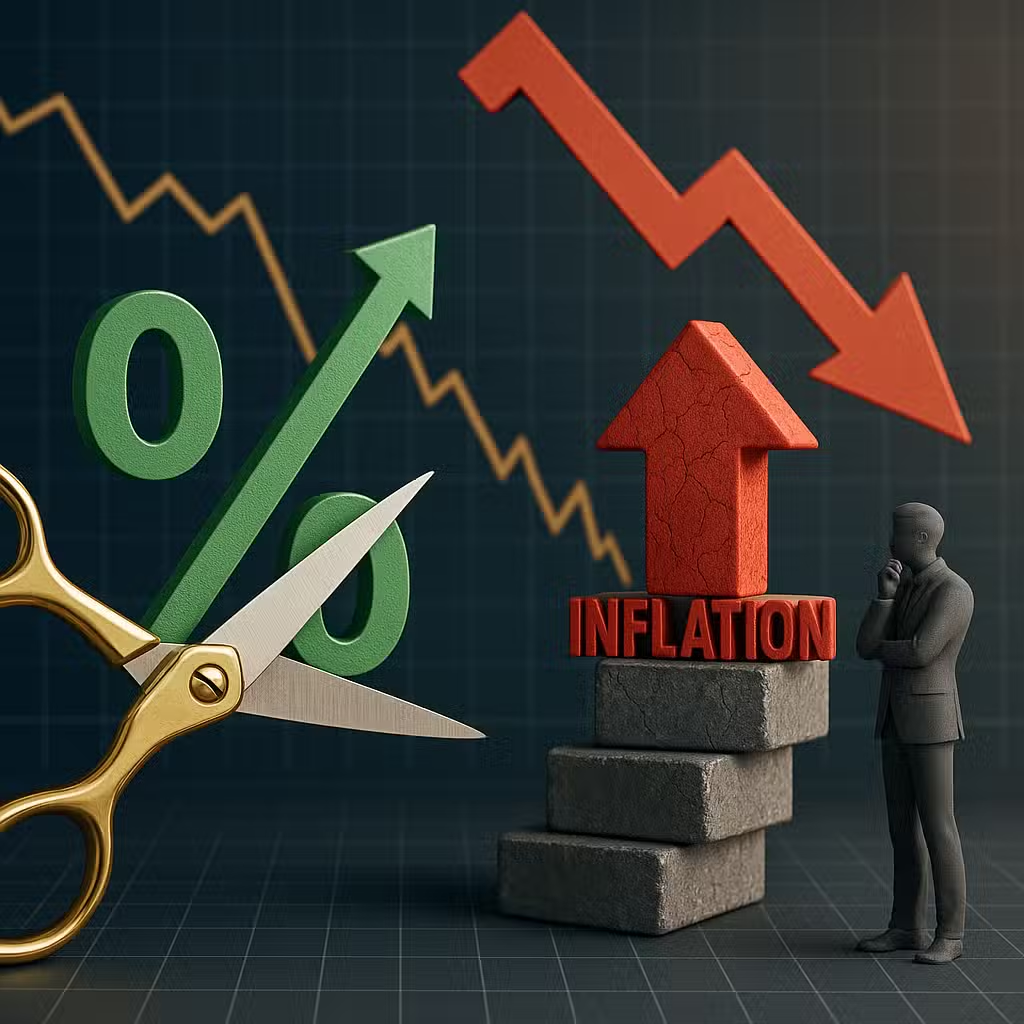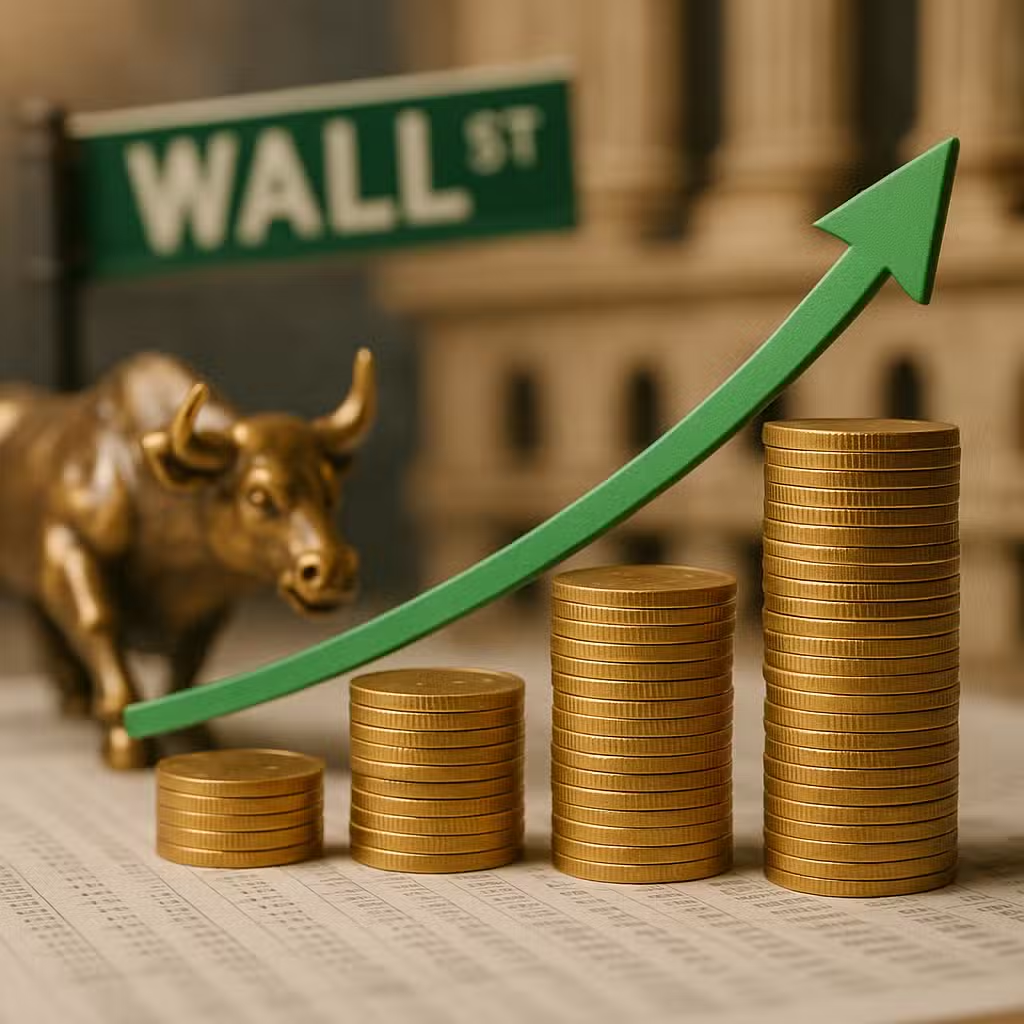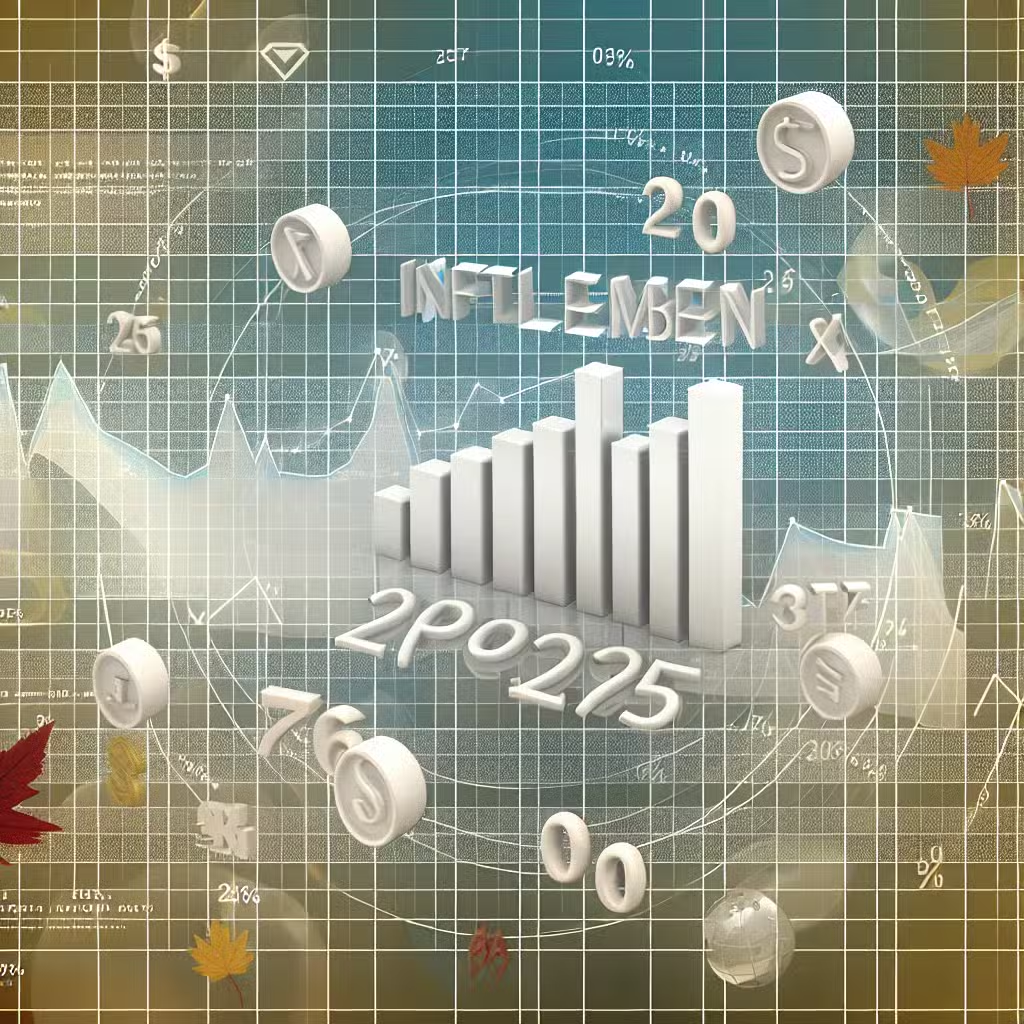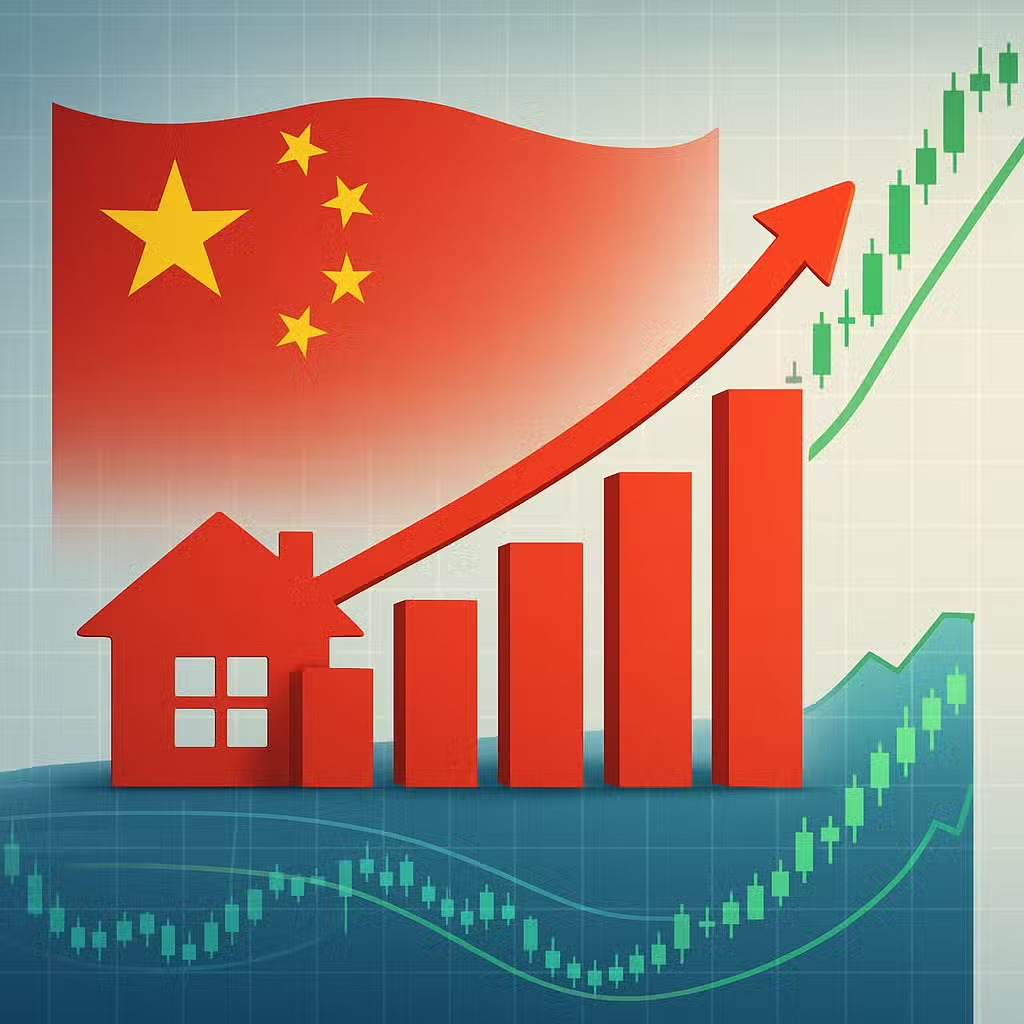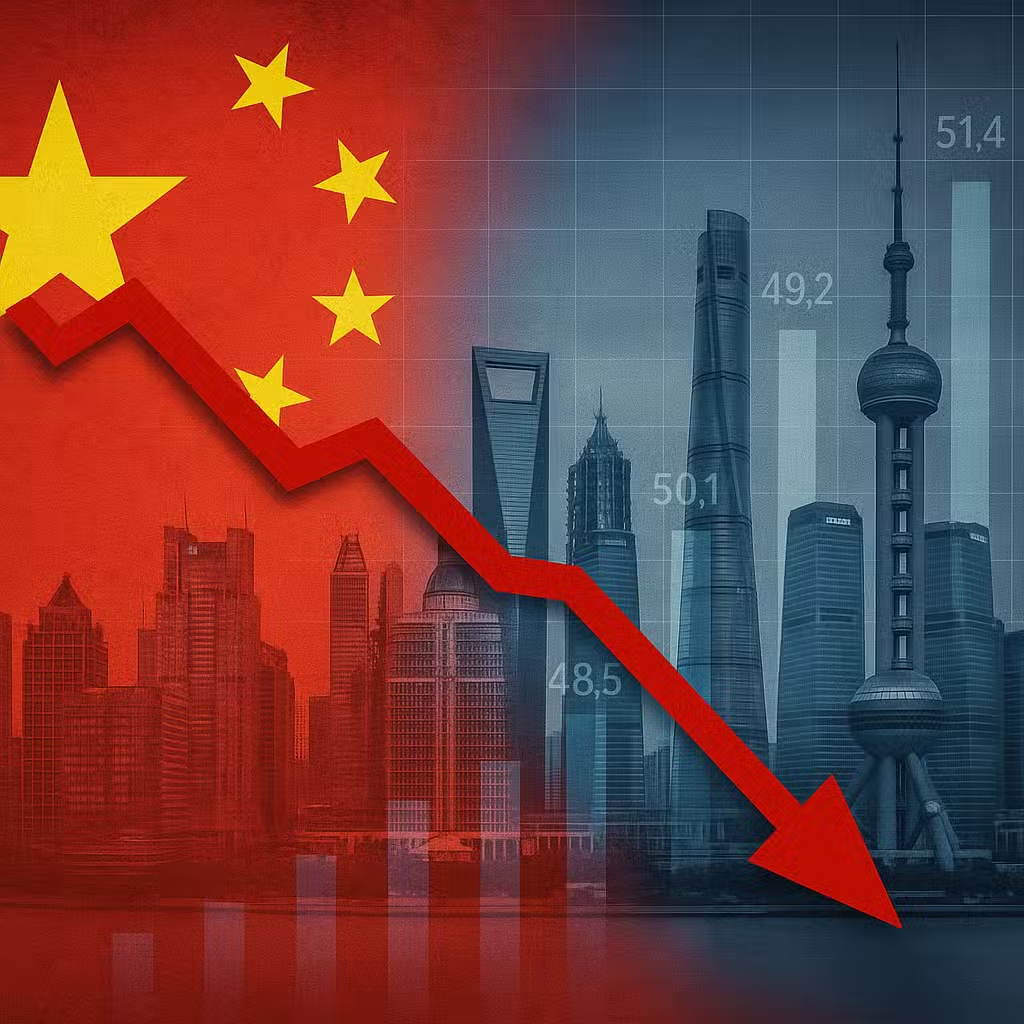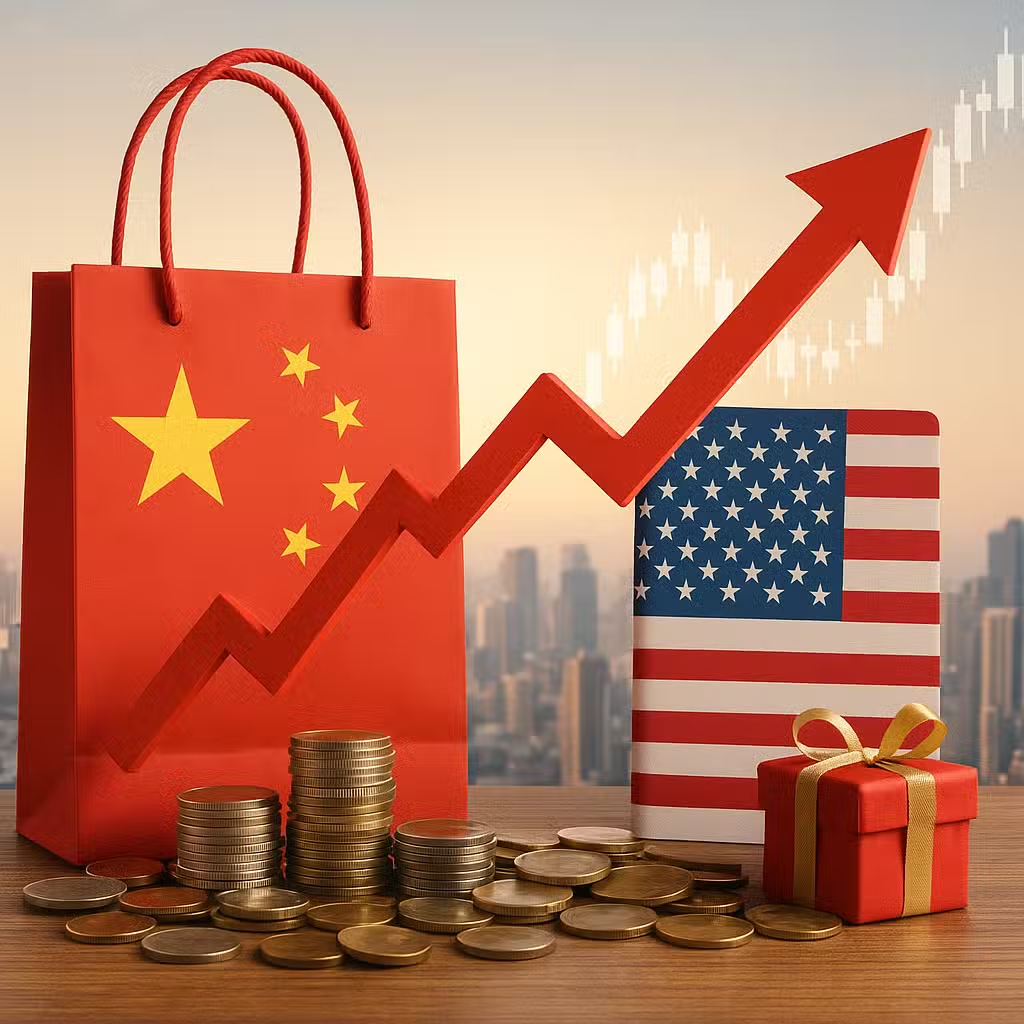Fed’s Early Rate Cuts Could Challenge Inflation Control, Impacting Investor Confidence
Imagine your family budget: if you start spending more and borrowing money, prices at the grocery store might go up. That’s kind of what’s happening with the U.S. economy right now, and it matters to investors everywhere.
Why Investors Should Care About Inflation and the Fed
Inflation means your money doesn’t go as far—the same $100 buys less stuff. When inflation is high, it can hurt everything from your savings to the price of stocks and bonds. Right now, core inflation is at 3.1% year-over-year, which is higher than usual and making some experts nervous.
Investors watch the Federal Reserve (the Fed), which is like the referee for the U.S. economy. The Fed’s job is to keep prices stable and people employed. But lately, there’s a lot of talk about whether the Fed can do its job without outside interference.
Bull Case: Reasons to Feel Positive
- Economy Still Strong: The U.S. economy is showing resilience, with steady growth and low unemployment. This can help companies make money and keep stock prices up.
- Inflation Could Cool Off: Some experts think inflation might slow down next year, especially if supply chains improve and energy prices stabilize.
- Fed Has Tools: The Fed has a history of bringing inflation under control. For example, after inflation peaked in the early 1980s, the Fed’s actions helped bring it down from over 13% to under 4% by 1983 (source).
Bear Case: Reasons for Concern
- Political Pressure on the Fed: Recently, politicians have been calling for big interest rate cuts. If the Fed gives in, it could let inflation get worse.
- Tariffs and Spending: Higher tariffs (taxes on imports) and more government spending can push prices up even more.
- Fed’s Independence at Risk: If the Fed becomes more political, it could make decisions that aren’t best for the economy in the long run, possibly leading to unstable prices or a weaker U.S. dollar.
- Global Impact: A shaky U.S. dollar could speed up “de-dollarisation”—when other countries stop using the dollar for trade and savings, which could hurt American investments.
What History and Experts Say
History shows that when central banks lose independence—meaning politicians tell them what to do—inflation tends to stick around or even get worse. According to a study from the International Monetary Fund, countries with independent central banks usually have lower inflation rates (source).
Right now, the U.S. is seeing some of the highest core inflation numbers in months. At the same time, changes at the Fed and calls for big policy moves could make it harder for the Fed to fight inflation without interference.
Investor Takeaway
- Watch inflation numbers closely—rising prices can eat into savings and investments.
- Keep an eye on news about the Fed and government spending, as these can shift markets quickly.
- Diversify your portfolio to protect against both inflation and a weaker dollar. Consider stocks, bonds, and even assets like real estate or commodities.
- Remember that political pressure on the Fed can create both risks and opportunities—volatility may rise, so stay alert for sudden market moves.
- Look for sectors that do well when prices rise, like consumer staples or energy, but avoid putting all your eggs in one basket.
For the full original report, see FX Empire

